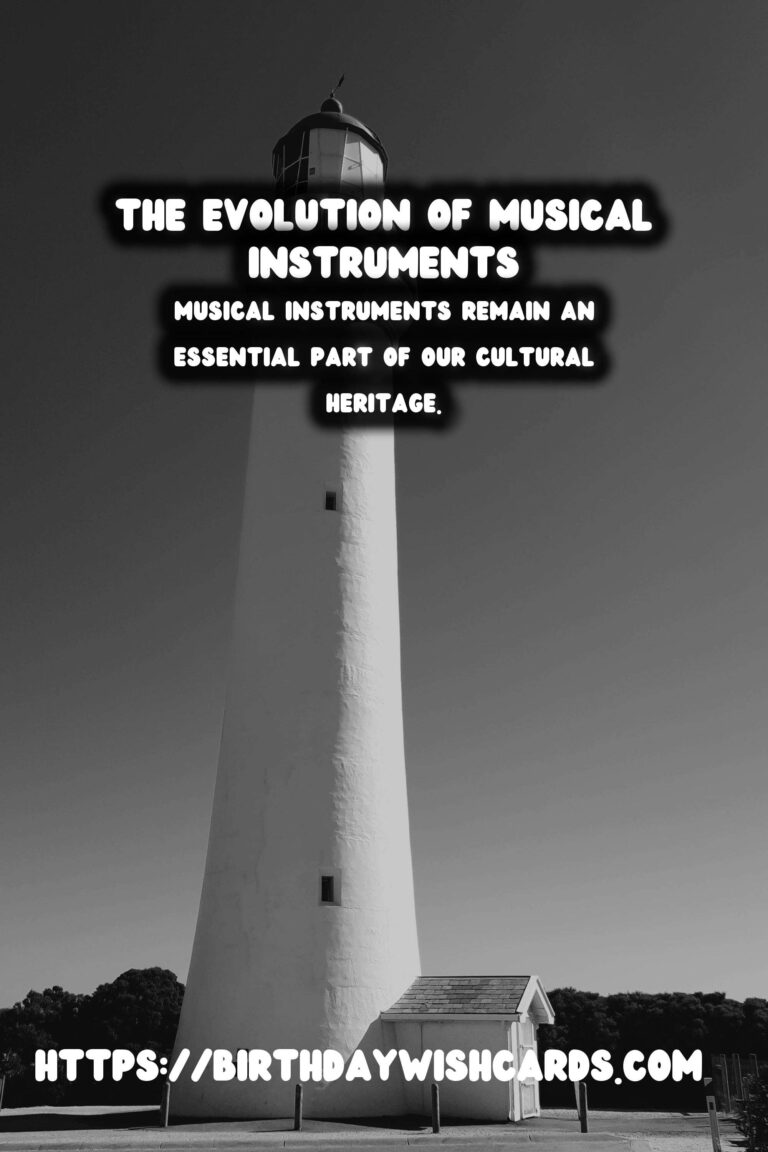
The history of musical instruments is as old as humanity itself. From simple bone flutes to the complex pianos we enjoy today, musical instruments have been a companion to the growth of culture and society. This journey through time reveals not just the technological advancements but also the cultural aspects that contributed to the music we know today.
Ancient Beginnings
The oldest known musical instrument is the bone flute, dating back over 40,000 years. These flutes, found in caves in Germany, demonstrate the early human desire to create sound beyond vocalization. Made from bird bones and mammoth ivory, these instruments laid the foundation for future musical exploration.
As civilizations grew, so did the variety of instruments. The ancient Mesopotamians and Egyptians began using harps and lyres, expanding the musical possibilities. These instruments were often associated with religious ceremonies and royal courts, indicating the sacred role of music in ancient societies.
The Classical Era
In ancient Greece and Rome, instruments took on new forms and complexities. The Greeks introduced the aulos, a double-reeded wind instrument, and the kithara, a type of lyre. Romans adopted many Greek instruments and added innovations of their own, enhancing the diversity of sound available to Western musicians.
Instruments like the hydraulos, a primitive form of the organ, played a pivotal role in public performances and became a cornerstone of classical music compendiums.
Middle Ages to Renaissance
The Middle Ages saw the emergence of new instruments and the refinement of existing ones. The lute became a staple in the courts and was a predecessor to the modern guitar. During the Renaissance, a surge of creativity led to the creation of the violin and the harpsichord, instruments that paved the way for classical music’s golden age.
Music moved from the confines of religious settings into the homes of the aristocracy, and concert performances became a form of high art.
The Baroque Period
During the Baroque period, the development of stringed instruments, including more elaborate violins, and the advent of the piano, marked a significant milestone. The piano offered dynamic expression and range that spanned beyond what was possible with earlier keyboard instruments like the harpsichord.
The crafting of instruments became an art form in itself, with luthiers and craftsmen gaining prominence as their creations were sought-after by musicians across Europe.
Classical and Romantic Eras
The Classical era cemented the orchestra as a central ensemble in music performances. This period saw enhancements to instruments such as the clarinet and advances in brass instruments leading to the creation of modern models comparable to those in use today.
The Romantic era allowed composers to exploit the expressive capabilities of these instruments further, expanding the emotional potential of music and leading to grand symphonies and intimate chamber works alike.
Modern Innovations
Technology and innovation have continued to evolve musical instruments. The 20th century introduced electric guitars and digital synthesizers, creating entirely new genres and expanding musical possibilities beyond traditional acoustic sound.
Today, we’ve embraced digital technology further with software and electronic instruments that allow composers to explore soundscapes that were previously unimaginable.
The Cultural Impact of Musical Instruments
Throughout history, musical instruments have transcended cultural boundaries, influencing and being influenced by the exchange between civilizations. The adaptation and adoption of different instruments between cultures helped shape the global tapestry of music we now enjoy.
The evolution of musical instruments is a testament to human ingenuity and the unending quest for creative expression. As we look to the future, the role of these instruments will continue to grow and transform, reflecting the technological and cultural shifts of our age.
Musical instruments remain an essential part of our cultural heritage, a bridge to understanding diverse histories, and a beacon for future artistic exploration.
The oldest known musical instrument is the bone flute, dating back over 40,000 years. Musical instruments remain an essential part of our cultural heritage. 
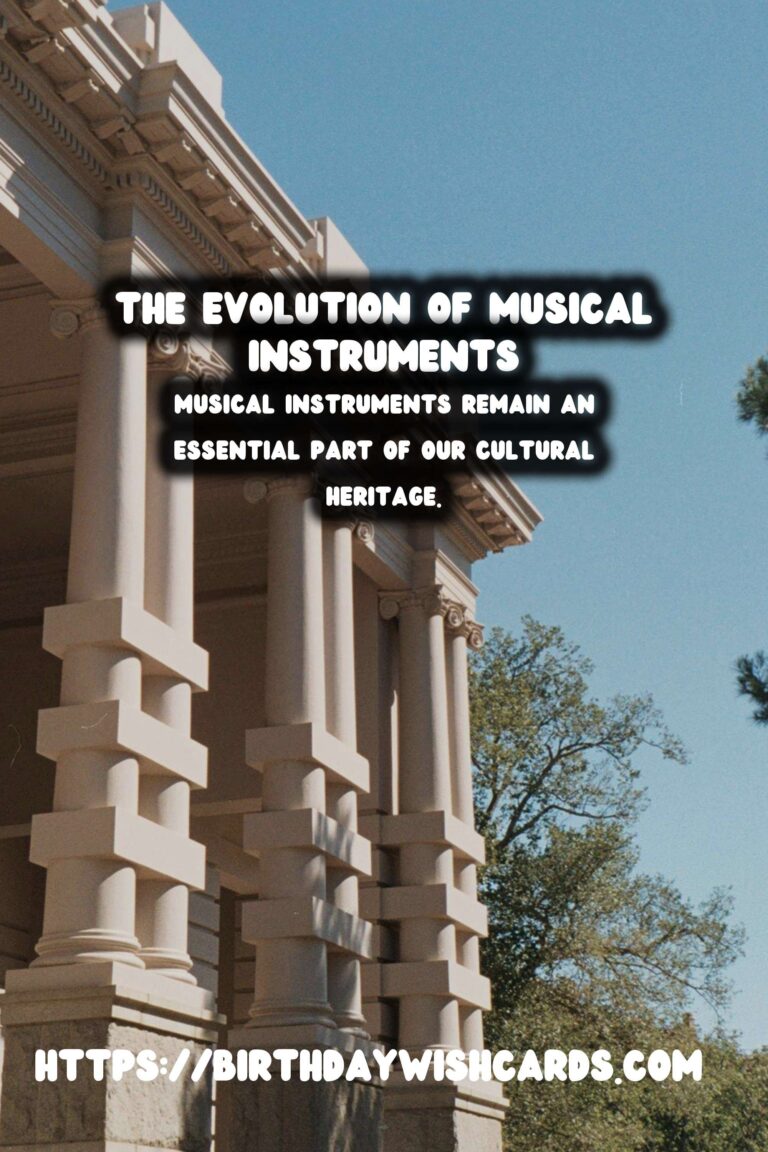
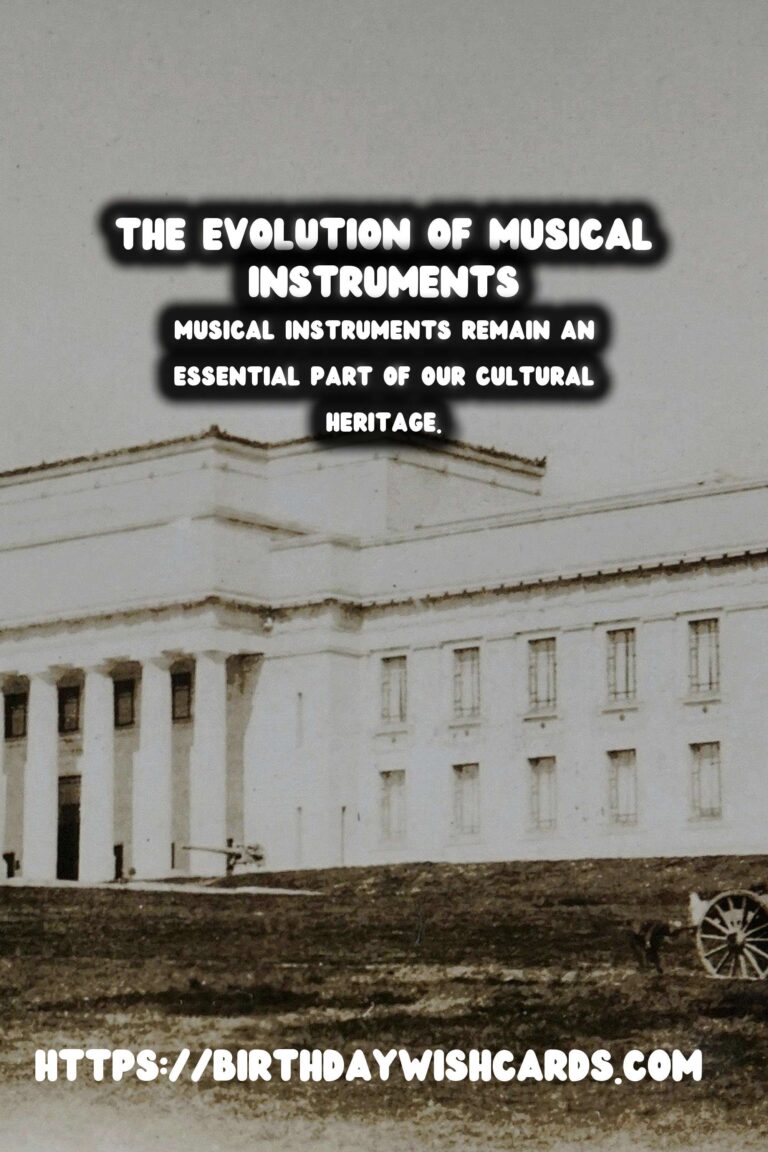
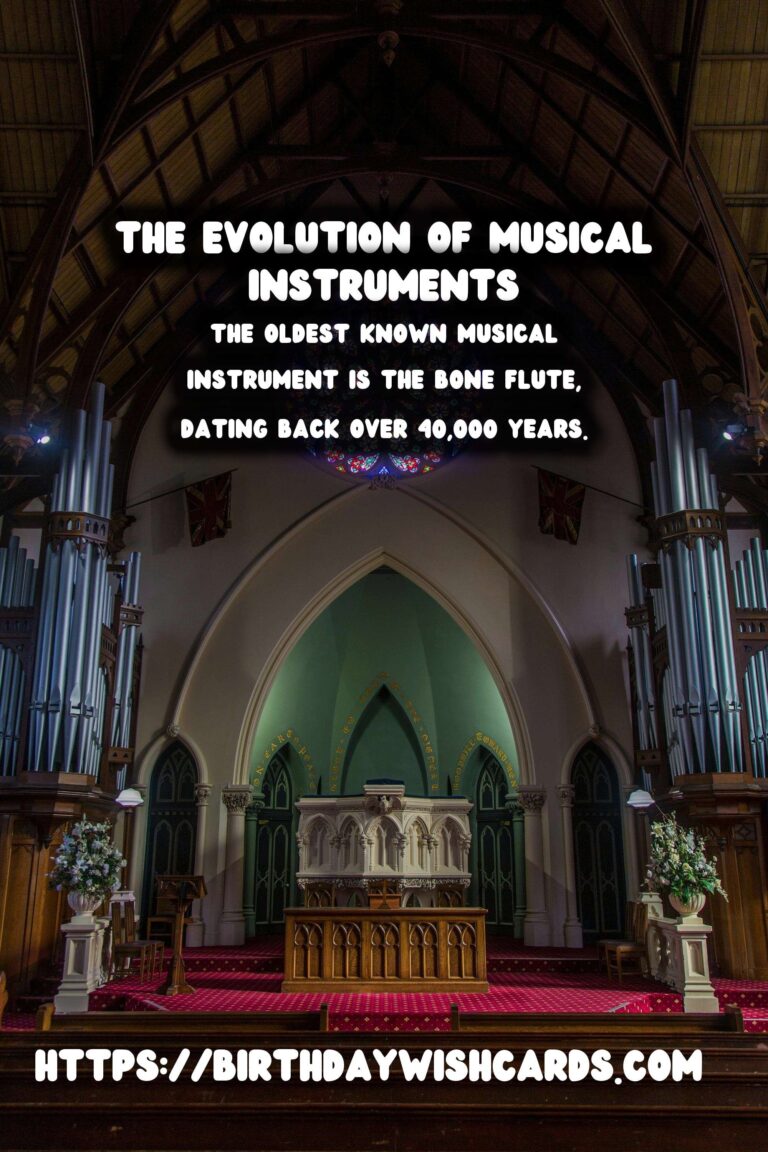
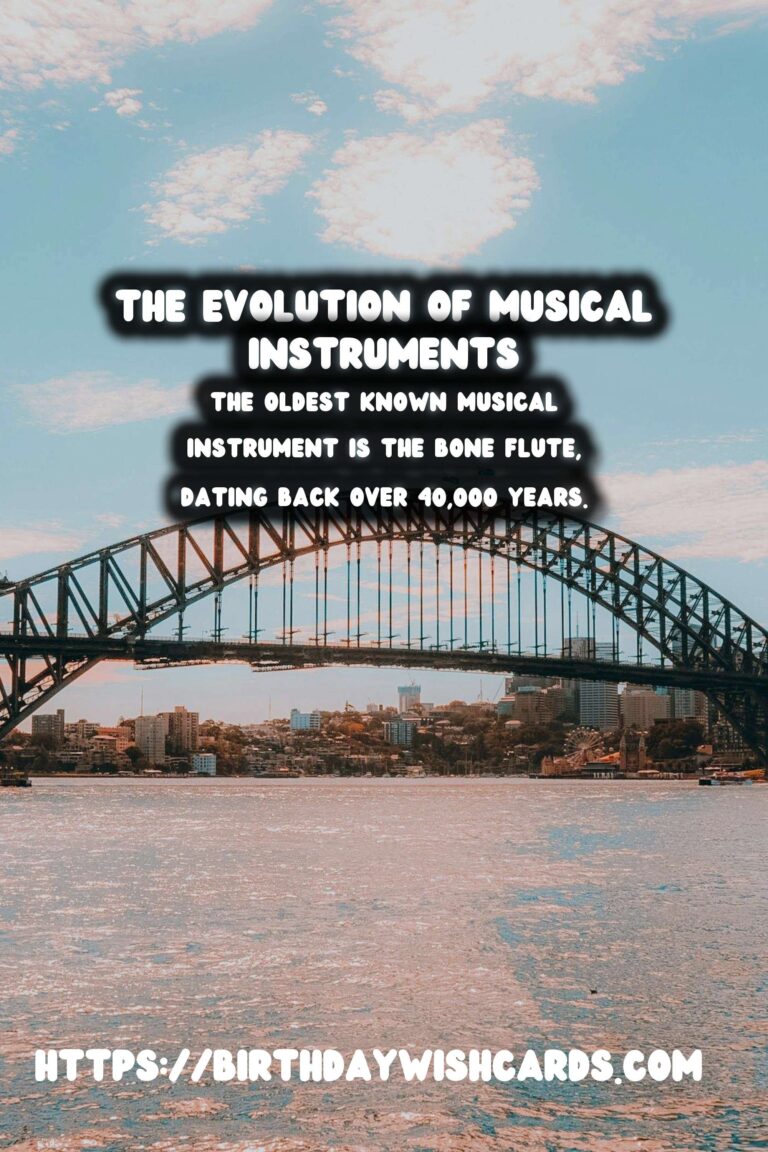
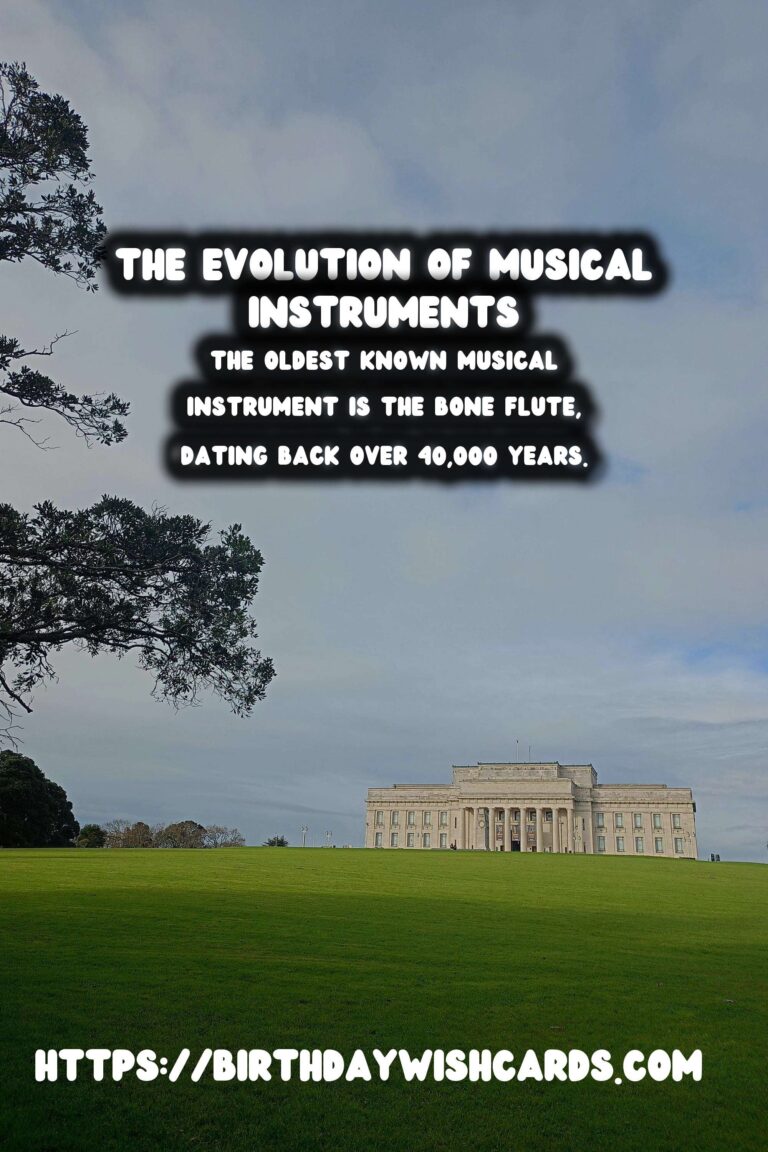

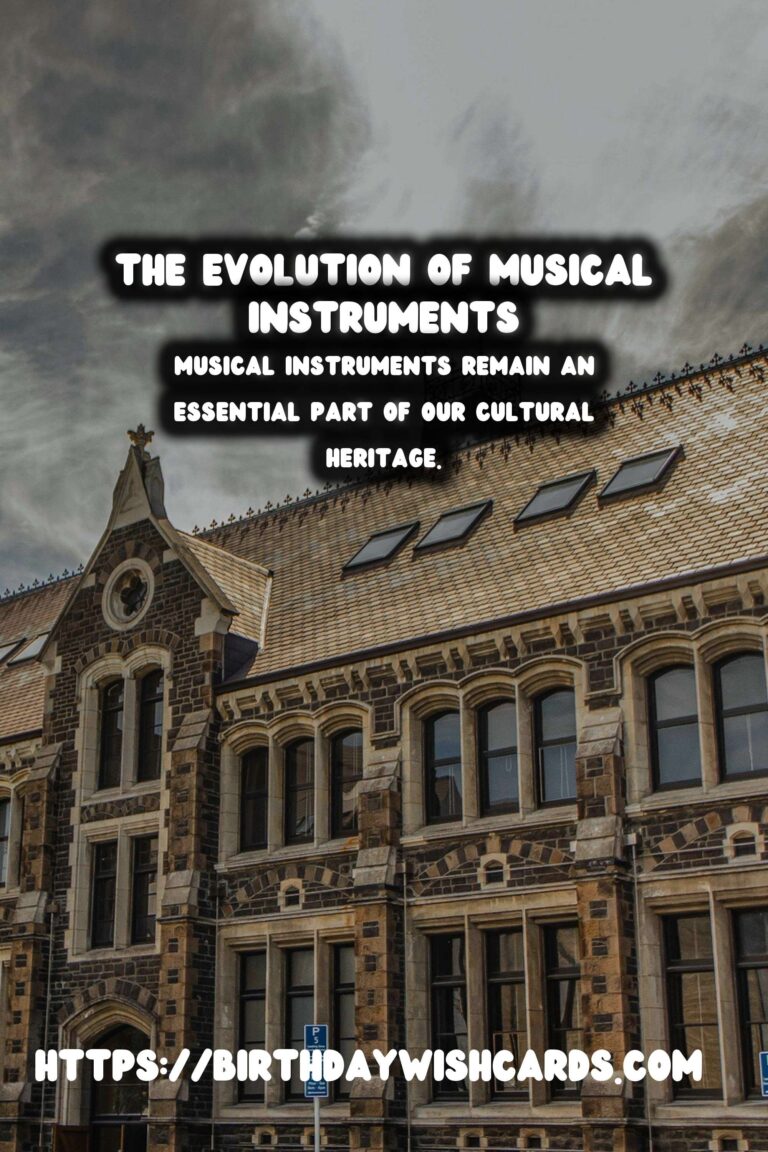
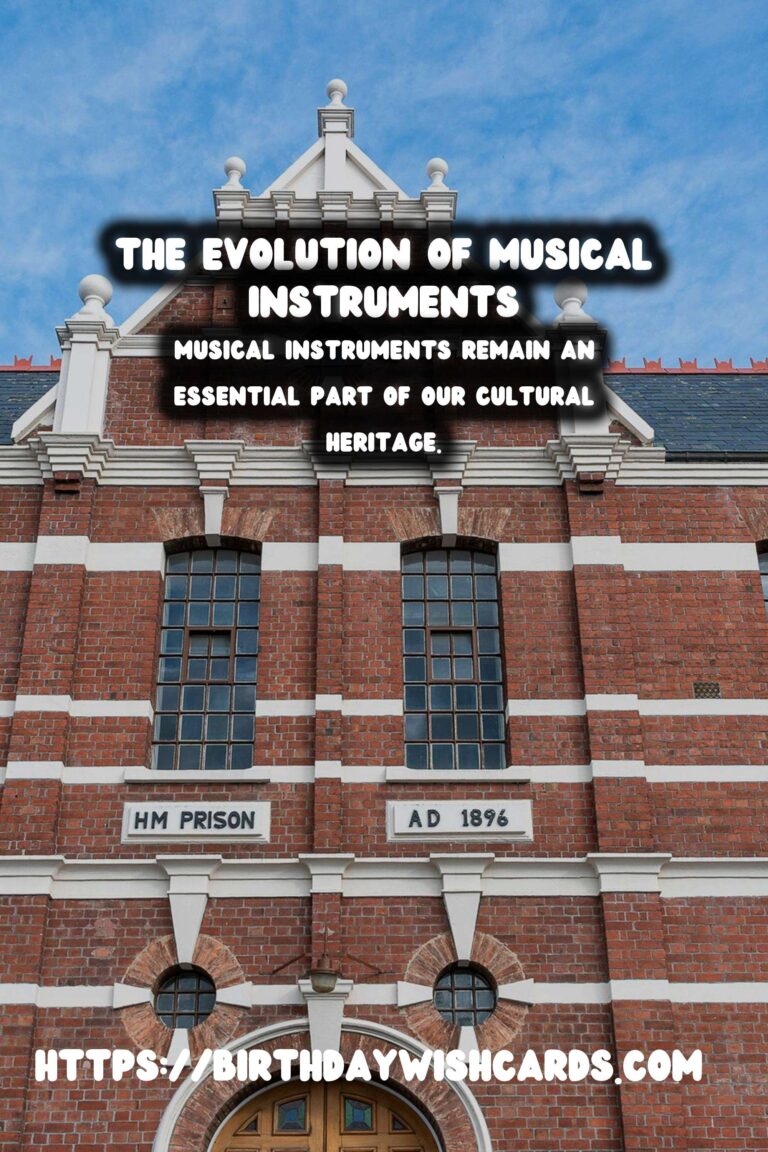
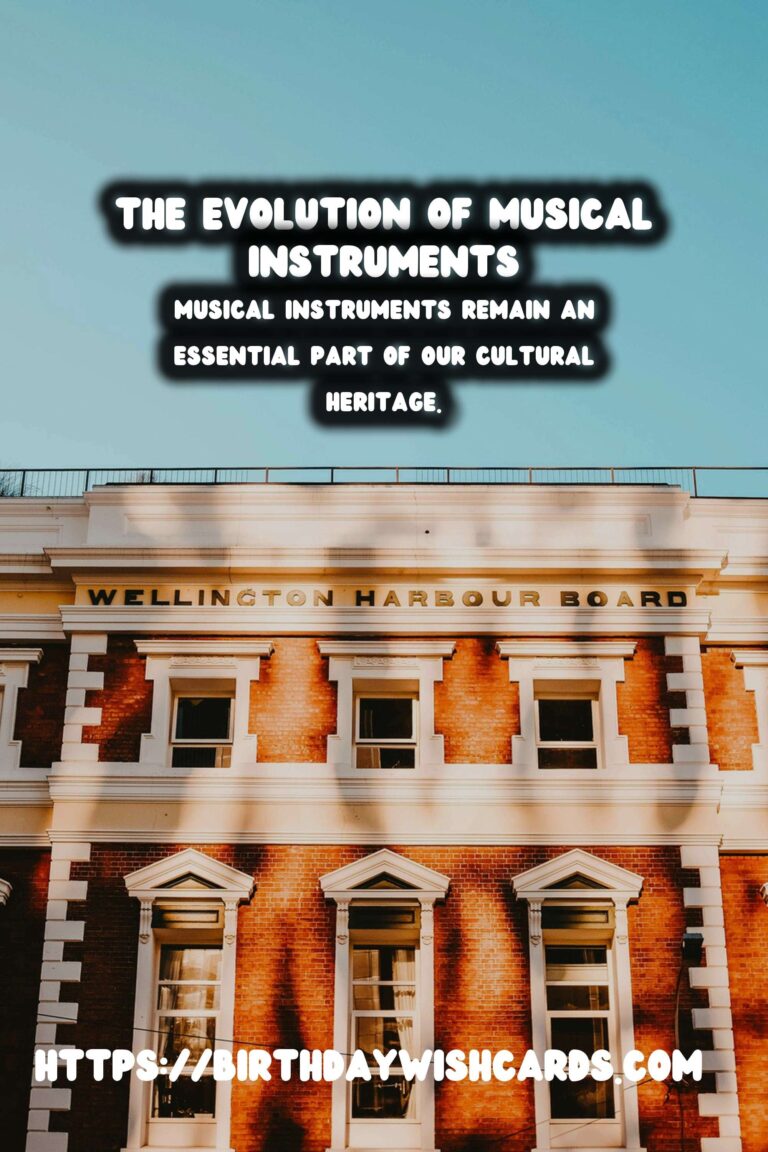
#MusicalHistory #InstrumentsEvolution




